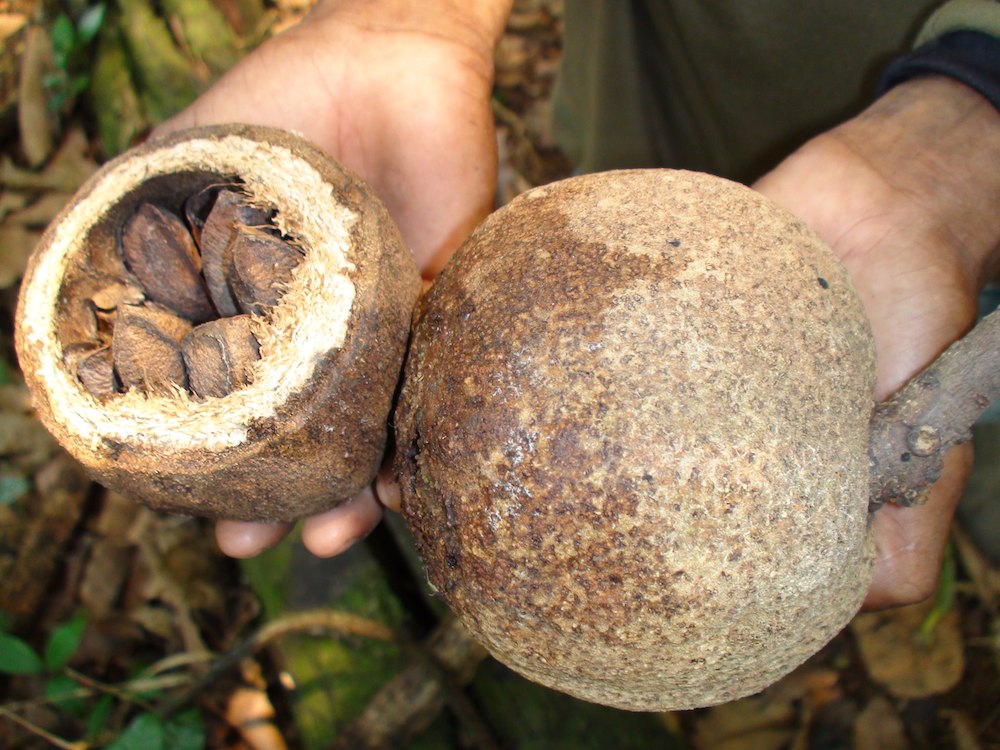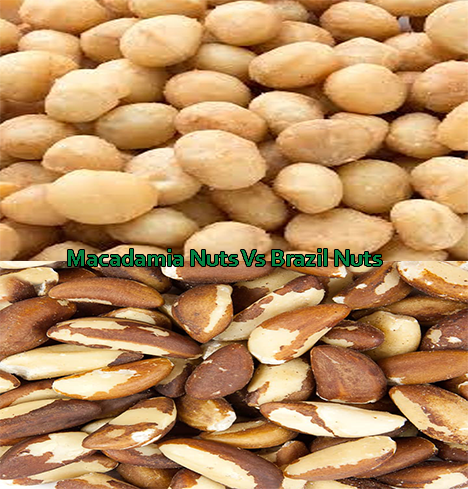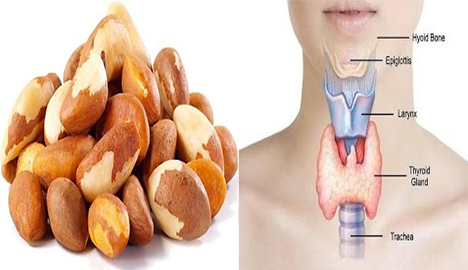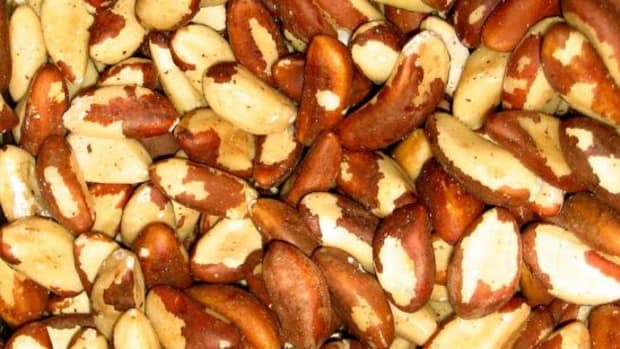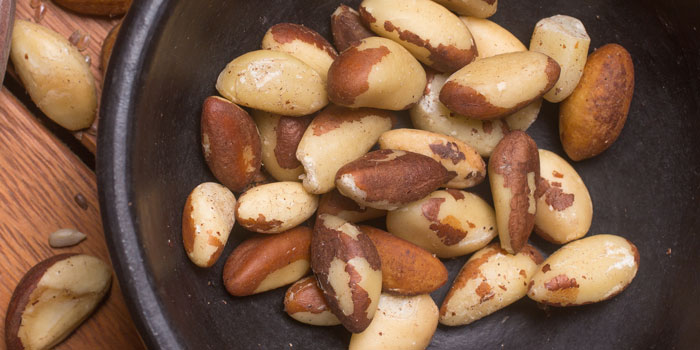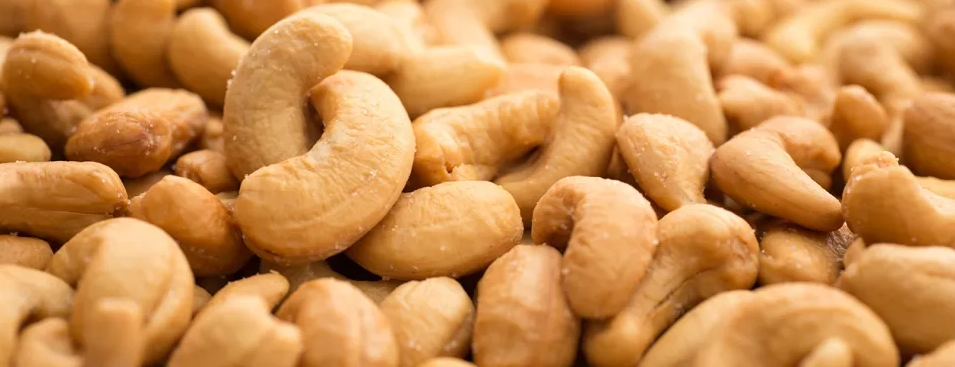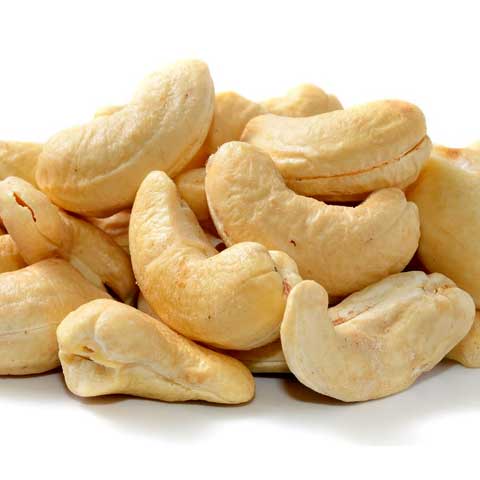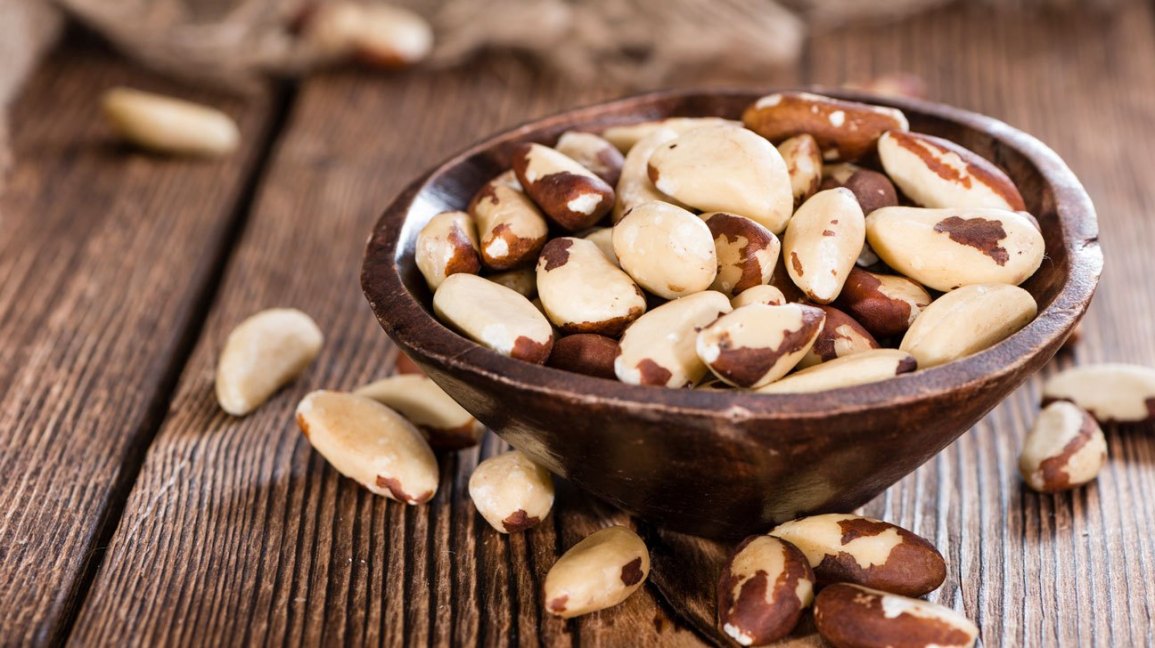Did you ever get a pack of nuts? If yes, you may also know Brazil nuts. But you may surprise to know that they are not organically and botanically viewed as nuts. So, question is that what are Brazil nuts and how Brazil nuts grow?
If you are interested to find out complete information about Brazil nuts and how they grow, you are at the right place.
How did Brazil nuts tree look?
Before knowing how Brazil nuts grow, you need to know how they look. Brazil nuts tree (Bertholletia excelsa) is the only species in the monotypic class Bertholletia. This species class is titled for the French scientific expert Claude Louis Berthollet. They are local to specific areas of the Amazon.
Brazil nut trees can achieve tallness of 160 feet. These trees can be around 6 feet wide and could live for a long time. Brazil nut tree’s bark is smooth and in grey color.
Leaves of Brazil nut tree shed in dry-season. Fruit containers are born in the panicles alongside each flower. Flower of Brazil nut is in cream color having 6 petals and a huge number of stamens molded in a hooded mass.
The natural fruit of Brazil nuts is an orange size coconut. It takes around 14 months to develop after pollinated. Brazil nuts coconut weighs around 5 pounds and the diameter is 4 to 6 inches. It looks like original coconut but small in size.
Inside the woody hard shell (coconut), there are 8 to 24 triangular seeds. These seeds are joined together simply like orange sections. These seeds are called Brazil nuts. That is the reason these are not viewed as nuts by organically and botanically.
How Brazil nut trees grow?
Brazil nut coconut contains a hole that enables the nearby Agouti to open and bite the inside seeds. Agouti is a rodent from Central and South America rain forests. They like to eat these seeds and spread these seeds in the forest.
A part of these seeds can be turn out to new Brazil nut trees. Sounds just like this may be a simple technique for reproduction. But the truth is that these seeds need a shaded place and strong support. until encompassing trees die and fall.
It is prohibited to chop down these trees in Brazil. They are formerly exclusive territory of regions of undisturbed backwoods. They would now be able to originate in peoples’ patios and alongside street lanes. Some specific bees like Eulaema, Epicharis, Centris, Bombus, and Xylocopa work as pollinators. These bees pollinate the flowers and pollinated flowers are able to produce fruit.
Brazil nut trees in Bolivia are known as Las Nueces de Brasil. Rural Brazilians and Bolivians depend on the sale and collection of Brazil nuts. The reaping of Brazil nuts and deforestation of Brazil nut trees is prohibited in many territories of the Amazon. Developing Brazil nuts isn’t outside the domains of plausibility. Continue perusing to discover how to develop Brazil nuts.
Step by Step Guide to Plant a Brazil Nut Tree
Are you still curious to know about how Brazil nuts grow? Developing your own Brazil nut tree will need some tolerance because it is troublesome.
First of all, you have to collect some growable Brazil nuts. In case you take them from the recently purchased pack of blended nuts, you would not have the capacity to engender them. These Brazil nuts are processed and boiled in water, that is a reason these are not growable.
Get proper stock of these seeds from your nearby plant nursery if you live in the Amazonian area. If you are living outside these areas than you can buy them from an online nursery.
Another option is you can reap straightforwardly from the rain forests. But if asked any questions by authorities make sure to please them, that you are collecting healthy and sound raw seeds for planting not eating.
Let’s start planting Brazil nut seeds and look how Brazil nuts grow?
When you have collected or purchased Brazil nut seeds you need to process them. Soak them in water for around 24 hours to release the external husk. Spill out the water as well as wash the seeds.
Soak the seeds again, repeat the soaking and rinsing procedure at regular intervals (8 hours) until they sprout. At the point, once the seeds sprouts, fill up a 2/3 glass jar with nutrient-rich gardening soil. In the soil center, you need to make a hole to put the seed in.
Cover it with soil, enabling grew end to poke up all through the soil. Soil needs to be moistening as well as it needs to be kept moist. The container needs to be covered with cheesecloth and secure it firmly with an elastic band. The container requires to be placed in a warm place alongside sunbeams. You need to frequently check for dryness and growth.
When these seeds are developed they are ready to transfer in the ground. When these seedlings are 6 to 12 inches tall you can plant them in the ground. For planting these new seedlings choose a place with direct sunlight, high humidity, and well-depleting soil.
I think now you found the answer of your query “How Brazil Nuts Grow”. To grow Brazil nut tress best places are, warm controlled tropical temperature areas are best.
How to cultivate Brazil nut trees?
The tree of the Brazil nut is among the tallest trees of Amazonian rainforests. It cultivates around 160 feet or maybe higher. The trunk of the tree measures around 6 feet and most of the way up before fanning out.
The wooden pods (Brazil nut coconut) contain the delicious seeds called Brazil nuts. It takes around 14 months to develop coconuts on a developed Brazil nut tree. At the point as soon as the fruit is ripe and ready, it tumbles from the tree on the woodland’s floor.
When Brazil nuts pod tumble on the ground they sometimes break apart and nuts spread on the floor. These nuts are feed for little rodents and creatures. These rodents work as a transporter of these seeds to plant more trees.
Some time these seeds are collected by the forest worker for future plantation of Brazil nut trees. The scientific name of the Brazil nut is Bertholletia excelsa. These nuts are from the family of blueberries, tea, and cranberries.
Why it is prohibited to cut down Brazil nut trees?
The three primary exporters and growers of Brazil nuts are Peru, Bolivia, and Brazil. All these three have announced it prohibited to cut down trees of Brazil nut. The wood of Brazil nut tree is an incredible lumber. That’s the main reason Brazil nut trees are constantly under the consistent risk of illicit logging. According to scientists the tree of Brazil nut could live around 500 to 1000 years.
What are the nutritional values of Brazil nuts?
Brazil nuts contain 12% carbohydrate, 14% protein, and 66% fat by weight. The 66% fat content is behind the incredibly delicious and creamy taste of Brazil nuts.
A serving of around 100 grams provides 656 calories. These nuts are a natural source of selenium. It contains polyunsaturated fat, monounsaturated fat. That high-fat content makes these nuts rancid quickly. Brazil nuts are a must part of a pack of mixed nuts.
What are high traditional and conservative values of Amazonian forests?
According to Forest Stewardship Council (FSC), the timberlands of Amazonian tree nuts including Brazil nut trees have a place with a class of backwoods with high conservation value (HCVF). Amazonian forests have a place with this classification because;
- They are woodland regions with huge concentrations and centralizations of biodiversity values.
- These forests are houses of rare biological communities and species, which are at risk of termination.
- They provide resources to the general population who live around these territories.
- These forests provide disintegration control, watershed protection, and so on.
- They are essential to meeting the fundamental requirements of nearby networks.
- It is a direct result of this one of a kind environment that the district of Madre de Dios has earned the heading of “National Capital of Biodiversity.”
How they collect and process Brazil nuts?
The genuine fruits of the Brazil nut trees look like coconut round-shaped pods of 10 to 15 cm diameter. These hard shell pods also known as Brazil nuts coconut contain seeds that are known as Brazil nuts. There are around 18 to 20 seeds in each Brazil nut pod.
During December and March, the fruits begin to tumble from the trees. The local nut collectors of Amazonian rainforests known as the castañeros. These castañeros (nut collectors) move to the center of the Amazon rainforests, where they build their camps and collect Brazil nuts. After collecting the pods, they use a machete to open these pods to separate Brazil nuts.
They use their sacks to store Brazil nuts and transport these sacks to processing plants. Peru and Puerto Maldonado are the areas where these nuts are actually screened for their quality. After the quality check, they peel Brazil nuts and boil them in water. After boiling nuts, they dry them and transport to packing units. These trained nut collectors are dependable to use timberland resources. Almost 500 thousand acres of land of Amazon rainforests have been naturally confirmed.

